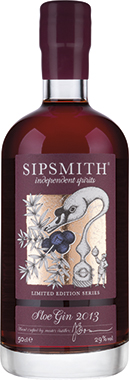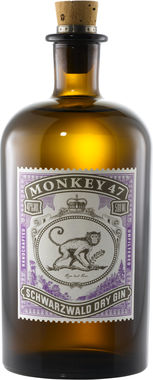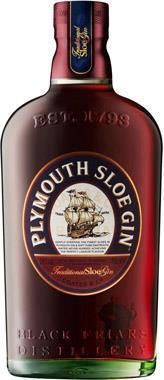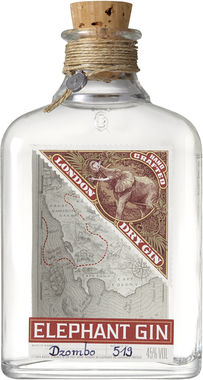Details
- Type: Gin Liqueurs
- Country: Germany
- Brand name: Monkey 47
- Bottle size: 50cl
- Style: Liqueur
- Price bracket: Super Premium
- Code: 30336
- Abv: 29%
- Format: Glass bottle
-
Key Ingredients:
- Juniper
- Sloe Berry
-
 Vegan
Vegan
-
 Vegetarian
Vegetarian
The product and allergen information provided has been supplied by the producer/manufacturer of the products. Matthew Clark gives no warranty or reliance as to the accuracy of the information. Although the information provided is correct at the time of publication, to ensure that you have the most up to date information please read the product label on delivery.
Profile
Fruit Gin
About the Spirit
Monkey 47 Sloe Gin is a 29% product made in the Black Forest. Blackthorn – or sloe, as Prunus spinosa is also known – is a plant steeped in myth and legend. In the Middle Ages, blackthorn hedges were even grown around farmsteads and other properties to protect them from the baleful gaze of witches. Launched in 1945, this gin is supplied by Pernod-Ricard UK.
Juniper
joo-nuh-puh
Without Juniper, there would be no gin at all. The origins of gin as we know it date back to 16th century Holland where Juniper and grain spirit were combined to produce a spirit called Genever. These 'berries' have a herbaceous, piney flavour with citrus notes.
Sloe Berry
sloh ber-ee
Relative of the plum, these small dark fruits are commonly found in hedgerows in England, Wales and Ireland. Picked after the first frost of winter, these fruits have a sweet flavour and traditionally used to create liqueurs all around the world.
The Country
Germany
A beer-loving country, the history of spirits in Germany is dominated by schnapps. The term 'schnapps' comes from the Low German language and is a nod to the fact the drink should be consumed quickly.
Explore Germany







